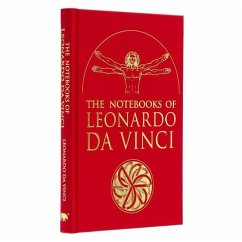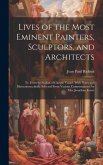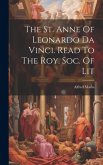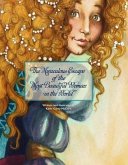The incredible notebooks of Renaissance master Leonardo da Vinci are presented in this luxurious, clothbound volume with gold embossing. Richly illustrated with more than 50 facsimile images from his notebooks and several of his most famous works of art, including The Last Supper and the Mona Lisa, The Notebooks of Leonardo da Vinci dips into the thousands of pages and several notebooks that he accumulated with his observations on a wide range of subjects, offering an insight into his thoughts and ideas. Combining Leonardo's famous mirror writing with the most beautifully detailed drawings and sketches, these extracts are divided into three sections - art, science, and design - and cover topics as varied as painting, anatomy, the nature of flight, the scientific method, and the practical concerns of engineering. The accompanying translations by the renowned Leonardo da Vinci scholar Edward MacCurdy bring to life this polymath and genius who was truly the quintessential 'Renaissance Man'.







